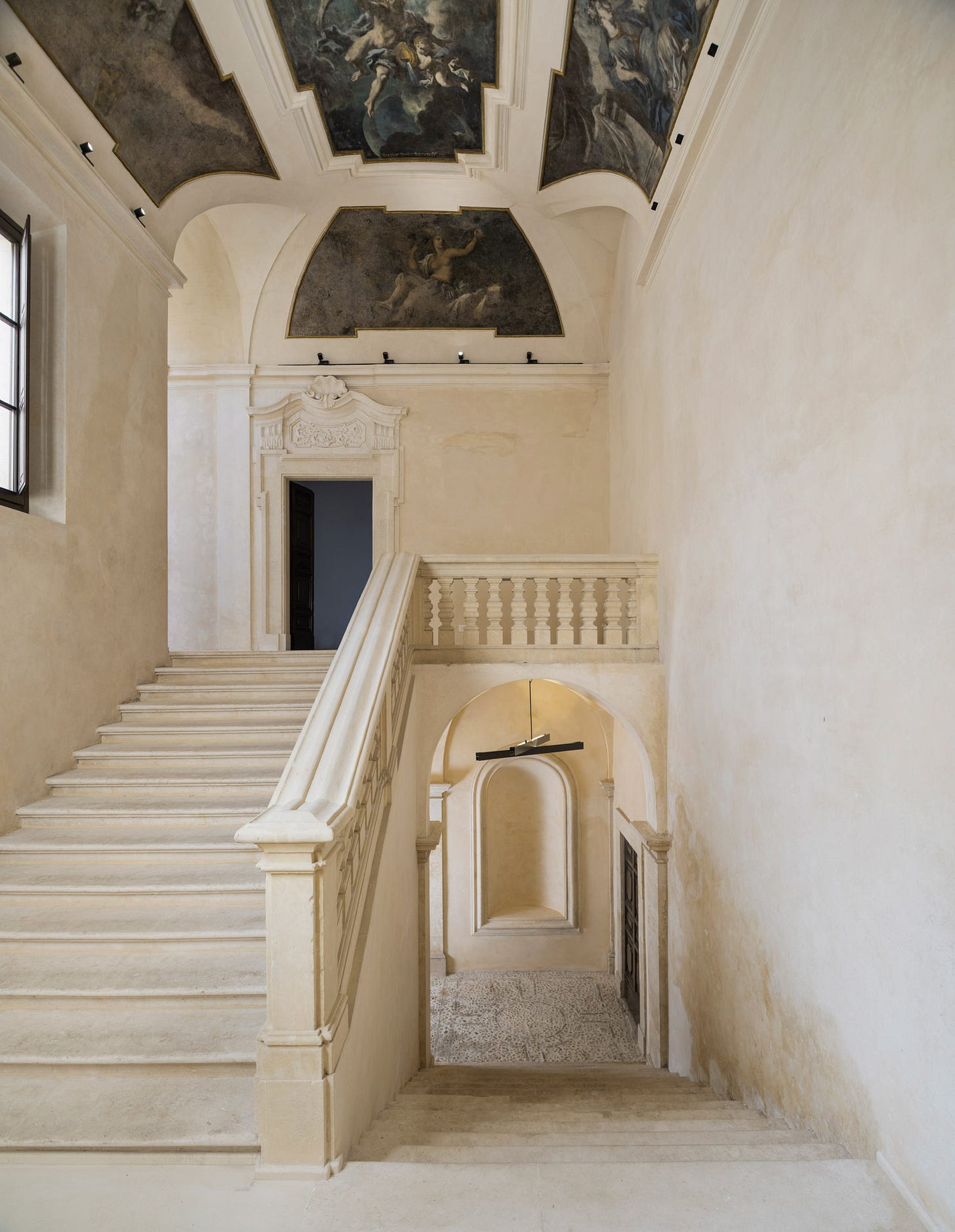It’s official: Italy has entered the endgame of this stage of the political crisis. Late on Tuesday, after negotiations regarding party-led majorities broke down, Sergio Mattarella, Italy’s president, announced that he had been left with no choice but to intervene and form a technocratic government. Assuming we are not about to see yet another dramatic volte-face, the country’s Prime Minister is now set to be an unelected and apparently ‘neutral’ economist: namely, Mario Draghi, ex-President of the European Central Bank. International investors seem pleased by the development. The IMF has claimed this move offers “stability” and staves off the risk of elections. Unfortunately, though, the peace is unlikely to last. Firstly, whatever happens next, Matteo Salvini and his friends in the right wing opposition now have more of a say in public affairs than they did two weeks ago. They will almost certainly use their vetoing powers to undermine the technocratic leader, and remind voters at every opportunity that it was the centre-left’s very own Matteo Renzi that put Italy into this mess in the first place. The public itself seems split between those that are relieved to see a relatively competent figure such as Draghi in place, and those that see his role as representing nothing less than a neoliberal coup. Given the previous coalition partners are now in total disarray, I personally find it hard to see how the economist’s arrival could possibly herald calmer waters. Indeed, if anything, more serious unrest is now more likely from all corners.
This is Italy’s 4th technocratic government in 25 years and one suspects it won’t be the last. Several friends have written to me over the past 24hrs asking: why does Italy have such a flimsy political system? Of course there’s no simple answer to that question, though history can help a little. The Italian Republic, which came into being after WWII, was designed to limit the centralised power of the executive, in order to prevent a repeat of the fascist takeover in the 20s. This was sensible enough in the postwar years. By the 1990s, however, after decades of bipartisan debating between Communists and Christian Democrats, the left-right paradigm dissolved and was replaced by a cluster of small rather unscrupulous parties that served mainly to protect the interests of private investors in media and finance. While a few individuals benefited from this - such as Silvio Berlusconi - the population as a whole got poorer as a result. Italy’s productivity has now been declining for three decades; and privatization initiatives have been both violent and ineffective (source). Flashing forward to the present day it seems unlikely that Draghi will push for an extreme neoliberal agenda. The Covid-19 emergency will not be resolved by the same tools as 2008. This is a far more profound crisis; one that effects the whole EU, not just the South, and which has specific institutional dimensions (not least the existential question of how to prevent the collapse of public healthcare across the continent). What is worrying, though, is that by definition, if he is to provide “stability”, Draghi will be forced to prioritise the interests of the very same elites that made their fortune by exploiting Italy’s deregulated economy in the 90s. Given the degree of personal ruin that many are now facing you can hardly blame people for opposing his administration from the get-go.
If you want just one example of the kind of urgent issue that Italian politicians should really be applying themselves to resolve you could do worse than turn to this piece by Marina Forti in the New Left Review. Forti’s story explores the scandal surrounding Miteni, a chemical producing company who, before filing for bankruptcy in 2018, were involved in making PFAS (a substance used in non-stick pans, and in processing leather among other things). It has recently transpired that, over many years, the company’s factories were polluting the land around the Venetian alps and that the soil there is now filled with high levels of deadly toxins. The numbers here are genuinely shocking. 350,000 residents in and around Vicenza (i.e. roughly the population of Cardiff) have been poisoned, and the health consequences, which include heightened risk of cancers, may affect people across the Po Valley. At any other time the inauguration of legal proceedings against the company would and should be front page news. Given everything else that’s going on, though, the story seems to have been buried. Forti’s piece - being a rare exception - therefore deserves to be widely read. It is an important reminder that, however unsexy it might sound, Italy and the EU still need to develop more effective forms of regulation to ensure private profit-oriented organisations are prevented from damaging our environment and health.
There was one potentially positive development in Italian politics this week, and that was regarding the state’s apparent willingness to impose stricter oversight of social media companies. As you may have read, over the Christmas break a 10 year old Palermitan girl tragically died while playing something called the ‘choking game’ with some friends on TikTok. Rather surprisingly, on the back of these events, Italy’s data protection watchdog, the GPDP, has decided to take action. Specifically, they plan to force the Chinese company to add an age restriction to the app; otherwise, one assumes, they will ban the service. This particular issue - of age restrictions - is important in itself. Yet the GPDP’s behaviour is arguably even more significant. Political intervention of this kind sets a hefty precedent and potentially opens a door for Italy to take more ambitious steps in limiting the power of tech giants which, here as everywhere, all too often act as if they are beyond the law.
Art and culture: divine Florentine mosaics
As the Italian Republic continues to crumble there’s something comforting about watching old buildings take on a new lease of life. Earlier this year, a team of craftspeople completed major renovation work on four walls in the Florence Baptistry. This space, if you don’t know it, is quite different to the usual austere Franciscan interiors that one often finds in Tuscany. It is a wonderful gold-covered octagon with a ceiling that’s decorated with hundreds of 13th Century Byzantine style mosaics. Perhaps it’s just the contrast between the gloom of the political situation and the shining light of these iconic figures, but I find the new restoration a heartening example of the professional expertise and dedication that despite economic woes you can still find across Italy. One can only hope that the state will still find a way to support projects like these in the tough years ahead.
At the end of last year I was invited to L’Aquila, in the central Italian region of Abruzzo, to cover the opening of a new contemporary art museum which will be managed by the MAXXI Foundation. Unfortunately, due to a sharp upward turn in Covid-19 cases, the event was pushed back for safety reasons. Still, despite the delay, I’m grateful to the editors at Art Review who kindly allowed me to write a piece about the museum. My essay, which was published last week, explores some of the bigger questions surrounding the project: what, for example, are the limits of for-profit culture models? What potential do galleries have to provide educational and democratic outreach? How can southern Italian institutions avoid reproducing the gentrifying paradigms that have so blighted cultural projects in cities like Milan? I plan to write more on this topic soon. In the meantime, though, you can read a few of my preliminary thoughts here.

Recipe of the week: medieval pizza
Given the catastrophic backdrop to this week’s newsletter I thought I’d make use of the regular recipe slot to offer at least a small dose of escapism which, in the case of this instalment, means a trip back in time. For a while now I’ve been following an admittedly pretty niche YouTube channel called ‘Historical Italian cooking’. The show is run by a husband and wife duo from Central Italy who film themselves producing a whole range of classical and medieval dishes, from ‘Ancient Roman cheesecake’ to wackier things like ‘Medieval monk’s stuffed-egg soup’. Frankly, some of the recipes look absolutely revolting (apologies to any ‘Muria’ fans out there) but they are always satisfyingly well-grounded in historical sources and the presenters clearly know their stuff. This week, I wanted to share their recipe for what they claim is one of the first ever ‘pizzas.’ I admit, it’s unlikely you’re going to want to set out and make what is essentially a very fiddly quail flatbread, but it’s still a pretty fascinating journey into the origins of one of the world’s most popular foods.
That’s it for this week - as ever I do hope you enjoyed this instalment. If you haven’t already, please do follow the ‘Week in Italy’ Facebook page, or my twitter, for a few extra links and easy-access to the substack archive. If you found my thoughts on technocrats useful, or just know someone that’s dying to cook up a lockdown feast fit for a Caesar do consider sharing my work using the button below. Thanks!
About Me
My name is Jamie Mackay (@JacMackay) and I’m a writer, editor and translator based in Florence. I’ve been writing about Italy for a decade for international media including The Guardian, The Economist, Frieze, and Art Review. I launched ‘The Week in Italy’ to share a more direct and regular overview of the debates and dilemmas, innovations and crises that sometimes pass under the radar of our overcrowded news feeds.
If you enjoyed this newsletter I hope down the line you’ll consider becoming a supporter for EUR 5.00 per month (the price of a weekly catch-up over an espresso). Starting from the spring, all paying subscribers will have access to additional content including original features, analysis, reviews and interviews as well as flash updates about elections, breaking news, data and opinion polls.



